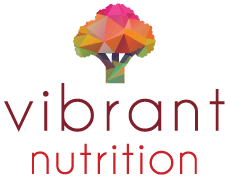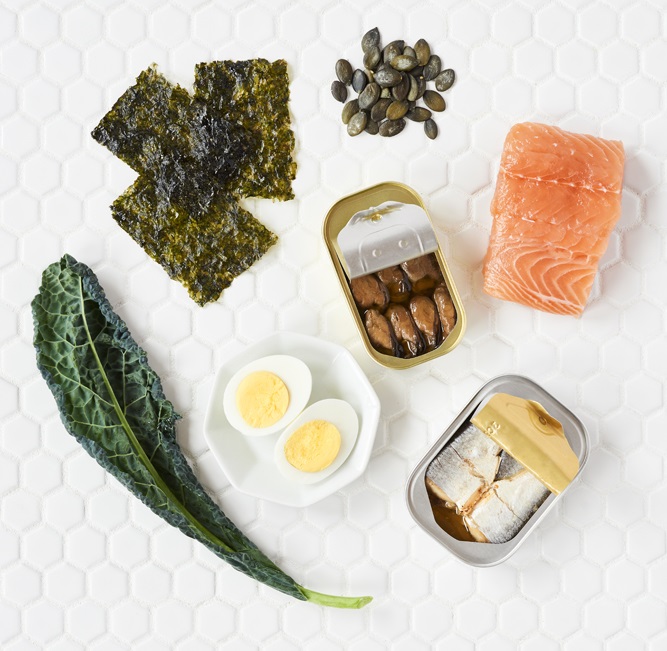October 3rd, 2019
Fake Meat is Total B.S.
Plant-based diets are about more plants, not fake meat!
October is Vegetarian month and plant-based diets have never been hotter. Major fast-food chains and big-box retailers have jumped on the bandwagon by way of swapping out your regular meat serving for a “veggie” imitation of it. Fake meat has truly gone mainstream, and suddenly your vegan friends can eat with you anywhere, many places they couldn’t enjoy before. Does this fake meat revolution live up to its health hype though? Read below for our thoughts on imitation meat products, making the switch to plant-based diets, and some of the best ways to do it without breaking the bank!
Have you tried the new Version 2.0. veggie burgers?
Veggie burgers have existed for ages, but these new products have really taken the “burger” concept at the next level. These products are created to imitate meat in every way possible: texture, smell, colour, and even the “blood” of meat in some cases. The aim is to make you believe it’s the real thing, and truthfully, they do make a pretty good imitation of processed meat. If you’re looking for an easy option for “bewildered” family members who don’t understand you are vegetarian (especially in-laws!), or a rapid option when you choose to eat fast food on the road or run, these are okay as occasional players in a plant-based diet. They are also very expensive if you are on a budget.
But are they healthy?
Nope. Not really. They are still highly processed foods, made with a bunch of fillers, binders, emulsifiers and SODIUM. Given what we’ve heard about ultra-processed foods and their effects on and longevity and cancer risk, it’s best to keep foods like this to a minimum. Think of them as “junky” veggie treats, instead of go-to protein. Most grocery stores now have whole sections of fake ground meat, sliced meat, meatballs, hot dogs, processed cheese slices, and this goes for them too. These can be helpful for specific recipes, but shouldn’t be an everyday choice.
Also a note- there are a LOT of great veggie burger options out there that are far less processed, and focused on plants. Beans, chickpea, lentils, peas, and other veggies are often combined to make tasty patties that are easy to make at home. Though less meat-like, they are often lower in salt, higher in fibre and calcium and a way better choice as a regular veggie patty option.
So what should I eat then?
For someone who is going meatless for the first time, these “fake meat” products can play a role in easing the transition. This is especially true if you’re mostly used to cooking meat-centred meals. As a vegetarian or vegan though, you are doing yourself a disservice by only focusing on replacing the meat in your meals. Entire cultures around the world in Africa, Asia and island cultures eat whole plant-based diets. Surprise, those meals have nothing to do meat substitutes. They are entirely nutritionally sufficient by using plant-based sources of protein, and multiple dishes within one meal, to provide balanced nutrition. They aren’t trying to “fake” anything in the process.
If you want to be any version of vegetarian, pescetarian, lacto-ovo vegetarian, flexitarian, or vegan, we encourage you to explore the world of dishes involved in eating this way. Vegetables dishes, whole grain foods, protein-rich options, healthy fats and fruits are important to eat adequately. Plant-based proteins have numerous health benefits due to their high fibre content, vitamins, minerals such as zinc and calcium, and of course, protein! Canada happens to be the largest producer of most pulses- lentils, peas, and beans. It’s a win-win.
What is the protein content of plant-based foods?
Protein requirements for adults vary based on body weight, but the recommendation is for 0.8g of protein per kg of body weight. Frankly, this is too low for most, and an intake of 1.0 grams per kg is better. For reference, a 150lb adult would require approximately 55g to 70g of protein per day, and a 200lb adult would require 73g to 91g per day. This will vary based on activity, diet, health concerns, but it’s a good guideline to stick to. Here is the protein content of some common plant-based serving sizes:
- ¾ cup tofu- 12g
- 1 cup soy beverage- 8g
- ¾ cup beans, peas or lentils- 12g
- ¼ cup of nuts or seeds (chia, flax, hemp, sunflower, etc)- 3-8g
- 2 tbsp nut butter- 4g
- ½ cup whole grain or pasta, rice or other seeds and grains such as quinoa- 3-4g
Are there any special nutritional considerations vegetarians should be aware of?
There are a few things you should be aware of if you’re cutting out animal-based products.
Amino Acids: You may have heard that plant-based sources of protein are not complete and have to be combined in certain ways. That’s half true. Plant-based sources do not contain all of the essential amino acids that are found all together in meat. That being said, eating a variety of legumes, grains, nuts, seeds, and tofu over time in your meals, will cover your bases on getting all of those essential nutrients. And they don’t have to be eaten in any specific order or combination.
Iron: Meat and poultry are very good sources of heme-iron, and whole many plants also contain iron, it can be less bioavailable. A great way to increase the availability of iron in your food is to combine it with Vitamin C-rich foods. Think broccoli, potatoes, citrus, tomatoes, peppers, kiwis, strawberries etc.
B12: Vitamin B12 is a nutrient of special concern for vegans, as it is still found in dairy, eggs and shellfish. If you are eating those, no worries. B12 is important for red blood cell formation, DNA synthesis and nerve function. Some fortified plant-based milks, other soy products and cereals are fortified with B12, and it is found in some yeast products (such as flaked nutritional yeast). If you aren’t having any of these products, it might be a good idea to get your levels checked out and/or consider supplementation.
What are some ways to incorporate these protein-sources?
- Add a ¼ cup of nuts or seeds to your salad.
- Make trail mix and eat it daily .
- Switch out or replace ground meat with lentils in other recipes.
- Make a vegetarian chili with a variety of beans.
- Roast chickpeas or lupini beans as a snack.
- Add beans to your soup or stew.
- Have marinated tofu cubes with noodles or rice.
- Try grilled tempeh on a sandwich or as a spread like hummus.
- Add a nut butter or tahini to your smoothies.
- Make kebabs with peanut-crusted tofu.
- Add beans or peas to your side of rice.
- Try a high-protein dessert such as black bean brownies and chickpea cookies.
- Make energy balls using vegetarian proteins.
- Always use whole grains and experiment with barley, bulgar, and quinoa in your salads or mixed in with rice.
- Choose a high protein whole grain cereal or oatmeal.
- Dip your veggies and pita into black bean dip, hummus, or edamame dip.
Bottom Line: Processed food is still processed food, even when it’s plant-based
Including more plant-based protein sources in your diet is a great move for your health and the health of the planet. But relying on more processed food isn’t the way. It doesn’t have to be all or nothing, or all at once either! If plant-proteins are totally new to you, ease yourself in so that you don’t accidentally cut out major groups of nutrients. Try out new plant-based proteins, learn how to prepare them, and look into common dishes they’re served with. Trying food from some vegetarian cultures (such as some Indian, Vietnamese and Jamaican cuisine) is a great way to get some inspiration.
If you’re veg-curious, check out a trendy “fake meat” product, it may be Beyond delicious. But no matter what your diet, the less processed the better.


